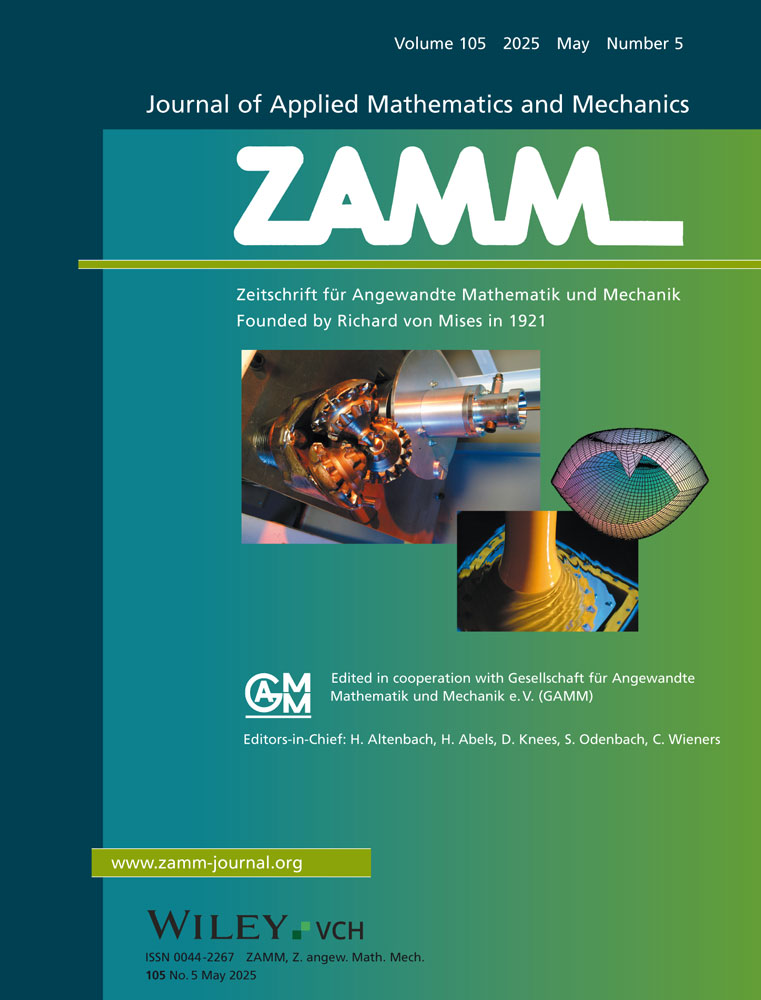Computational analysis of thermal enhancement and flow dynamics in lid-driven staggered cavities with uniform/nonuniform temperature walls
Abstract
This research explores mixed convection resulting from simultaneous natural and forced heat exchange in a lid-driven staggered cavity occupied by a Newtonian fluid. All boundaries maintain no-slip conditions, except the top wall, which moves with the velocity. Assumptions are made, including two cases of uniform and nonuniform heated left wall and the maintenance of cold walls throughout the cavity, which disrupts thermal equilibrium. CFD simulations are carried out by employing finite element (FEM) routine available in COMSOL Multiphysics software to elucidate the dimensionless problem and obtain the optimal results with desired accuracy. In this study we incorporated detailed examination of flow parameters, such as Reynolds number Grashof number , Prandtl number and Richardson number on dominant flow motions in the designed staggered cavity. Local heat flux and kinetic energy for uniform and non-uniform cases provide insights into heat distribution. Increased Reynolds numbers decrease fluid kinetic energy, while higher Grashof values enhance thermal buoyancy forces, raising the Nusselt number. For uniform heat source the average Nusselt number rises significantly by the Grashof number especially for higher Prandtl numbers indicating strong convective heat transfer. Lower Prandtl numbers exhibit minimal increases, showing weaker convection. While for non-uniform heat source While also rises with , the overall values and slopes are lower compared to the uniform heat source case. High Prandtl numbers still enhance heat transfer, but the effect is less pronounced, and low fluids show minimal sensitivity to . Higher Reynolds numbers also accelerate the clockwise rotational structure, as indicated by the streamlines.
CONFLICT OF INTEREST STATEMENT
The authors declare that they have no known interests.




